Snowblower Performance Tips
What falls in the winter but never gets hurt?
It’s the most wonderful time of the year again – snow-throwing season! Perhaps you whipped out your trusty snowblower and got ready to clear the driveway but found that it wasn’t working right. Maybe your snowblower is not throwing snow or not throwing it far enough. Don’t panic and rush to purchase a new one just yet. Did you know that your snowblower can last decades with the right care and maintenance? If you're having problems with your current snowblower, you can fix it at home and save a few dollars for the holidays. We’ll show you how as an early holiday gift from us to you.
Firstly, it’s good to know how your snowblower works, as this will make any repair and maintenance much more straightforward. Snowblowers use spinning blades known as auger blades or rubber paddles, which break apart snow, pick it up and move it through the machine and out through the discharge chute. There are various types of snowblowers, but the most popular for home use are single-stage and two-stage blowers. Single-stage snow blowers are not self-propelled. They are lightweight, simple, and great for small driveways and pathways. Two-stage snowblowers, however, are self-propelled, more powerful, and good for clearing large areas of heavier snow. If you're curious to know how you can improve the performance of your model, keep reading to find out!
Scraper
The scraper or scraper bar on a single-stage snowblower loosens and scrapes the snow off the ground before scooping it into the machine. Understandably, it’s not unusual for the scraper to get worn down, especially if you have been working on rough surfaces. Check to see if your scraper is making contact with the ground when using it. If there is no contact, you will need to lower your scraper by loosening the nuts and bolts on it and adjusting it accordingly.
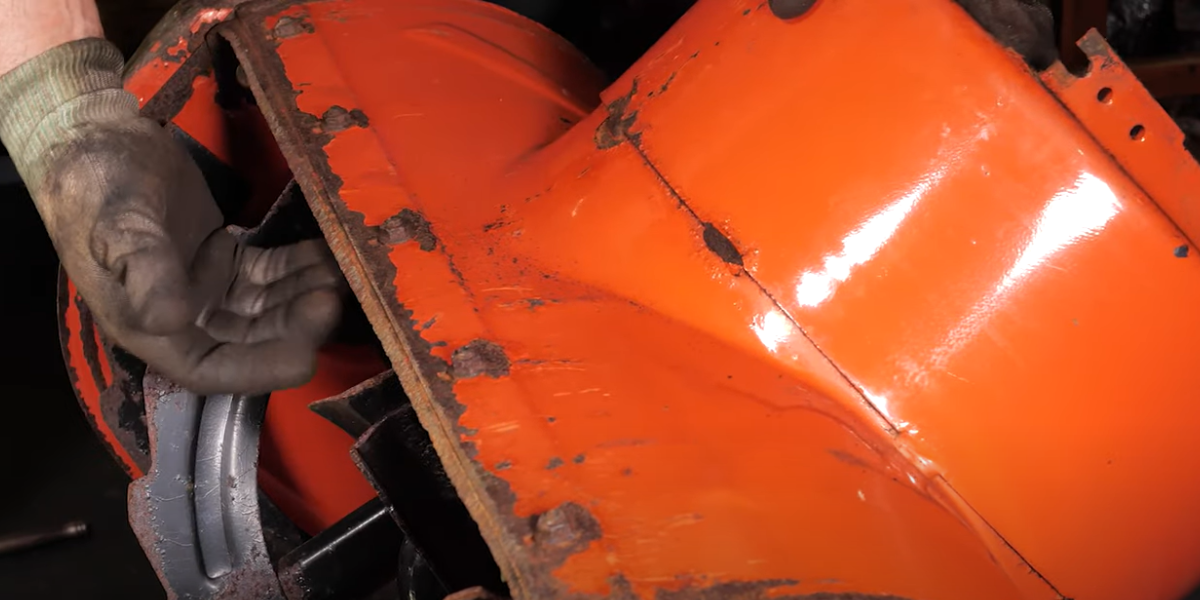
Skid Shoes
Skid shoes are small plates attached to either side of a two-stage snowblower. They deliberately leave behind a thin layer of snow to create a buffer between the snowblower and the ground to prevent damage to the underside of your snowblower. Suppose you have found that your two-stage snowblower is making contact with the ground or tossing small items around. In that case, you will need to adjust the height of the skid shoes accordingly by lowering them. If your skid shoes are worn out beyond use, you can purchase a new set for your snowblower.
It is important to note what type of material the skid shoes are made of. Steel skid shoes are durable and perfect for various surfaces, such as cement and gravel. However, they may leave behind paint on these surfaces as they scrape along the ground. Rolling skid shoes are ideal if you have a heavier snowblower, as they allow you to roll on the ground quickly. Finally, poly-skid shoes are the most expensive of the three. However, they are highly durable and do not leave any paint or rust on the ground, such as metal shoes. If you want to purchase a new set of skid shoes, check the manual for your snowblower to see what options are compatible with your model.
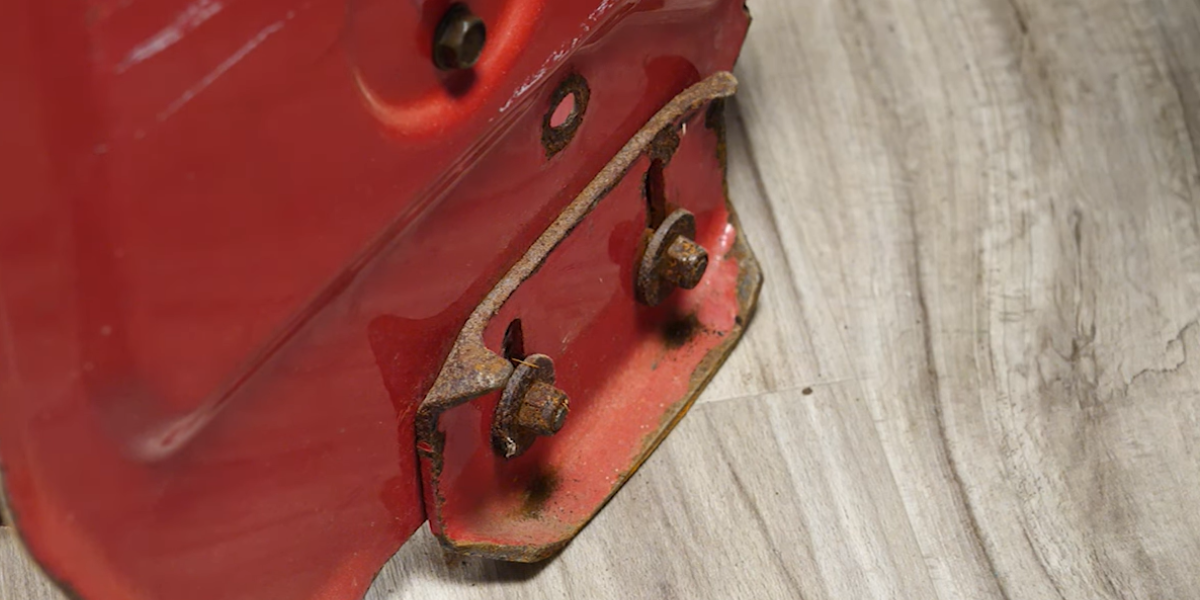
Tires
If you’ve noticed that your snowblower is spinning in the snow and having issues with throwing snow, it might have a flat tire or two! First, inspect your tires and ensure they have an even amount of pressure in each of them. You can typically find the recommended pressure for your snowblower on the tire’s sidewall. Once you know the correct pressure, get to blowing so that your snowblower can get back to throwing! On the other hand, if your tires are flat because they are damaged, you will need to replace them with new ones. Do not attempt to use your snowblower if its wheels are worn, as this poses a risk to your safety.
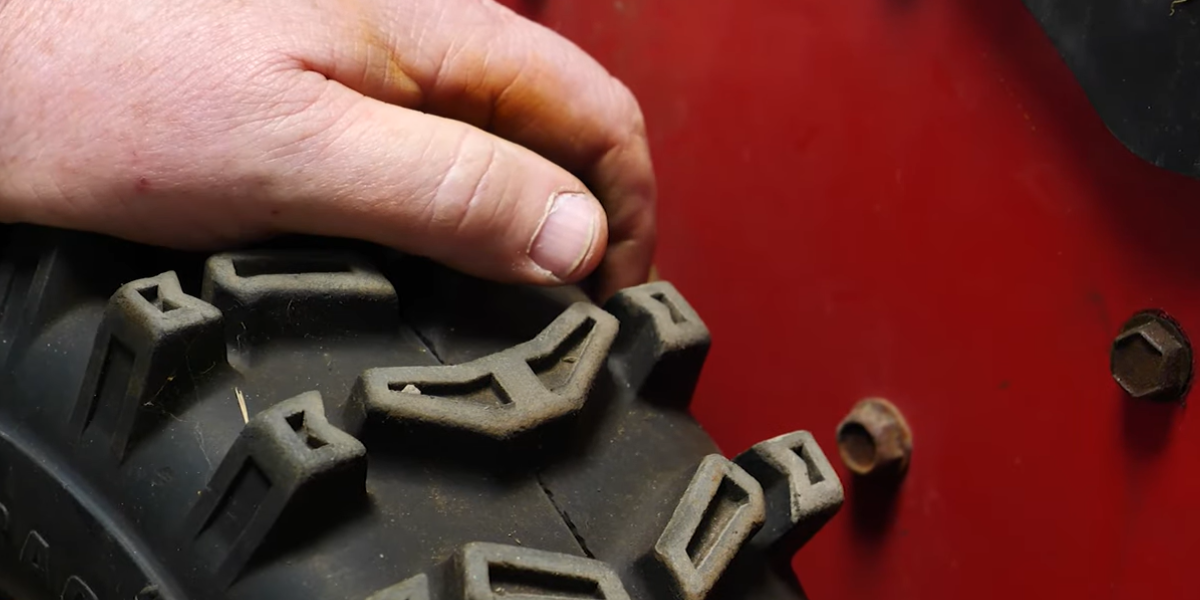
Snow Blockage
The most common reason your snowblower may be having issues with throwing snow might be because there is a buildup of snow inside the discharge chute. You can quickly fix this problem by turning off your snow blower and manually clearing the buildup yourself. Do not use your hands to clear out the snow – unless you want to lose them. The best way to clear snow from your chute is to invest in a cleanout tool which you can usually clip to your snowblower to keep it handy. The
cleanout tools are made from hardened plastic and will help clear your snowblower chute quickly and safely. They’re also great for clearing blockages in lawnmowers and vacuums. Once you’ve removed the blockage, your snowblower should regain its full strength.
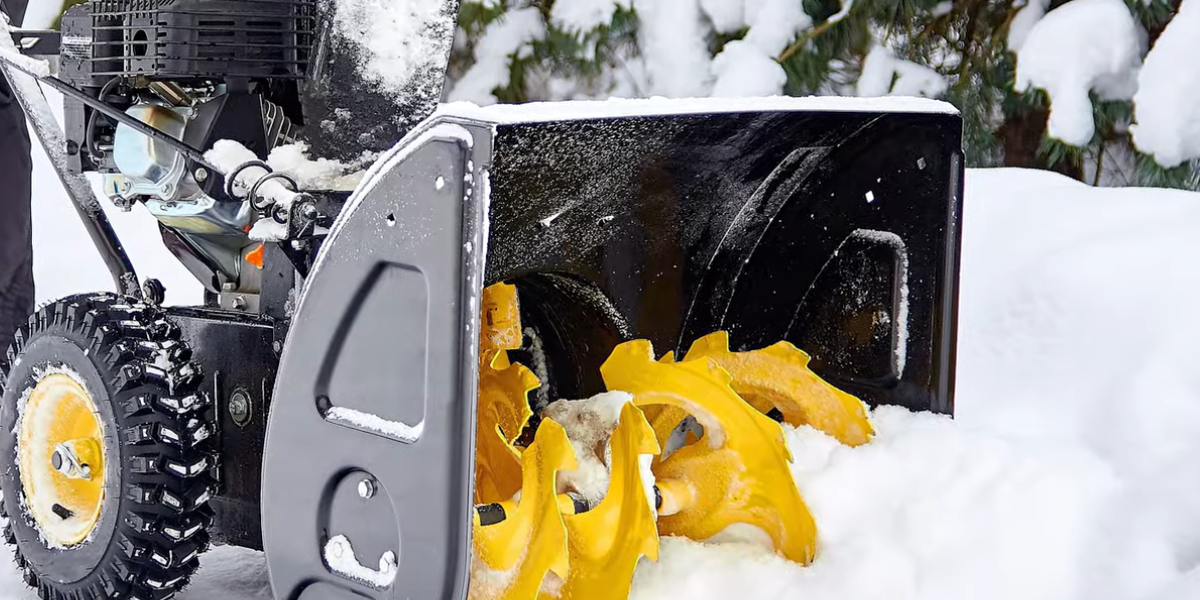
Drive Belt
Your snowblower has a belt that connects the engine and gearbox to allow the wheels on your snowblower to spin and throw snow. The belt may be worn down or damaged from regular use or lost its tension and slipped off. This is a common problem as all belts are prone to wear and tear and need to be replaced at some point. If the belt is indeed damaged, you may hear a squealing noise when you attempt to use your snowblower, and the blades will not be able to spin quickly enough to clear snow. You may also notice the smell of burning rubber due to the high friction. You will need to remove the belt cover and inspect the belt.
If the belt can no longer hold tension or has any tears or holes, you will need to replace it with a new one. However, if it has slipped off and has no other signs of damage, you can slip it back on and try to adjust the pulley that the belt sits on to ensure it doesn’t slip off again. In addition, you may need to check the snowblower user manual, as it typically contains specific information on how to adjust the belt on your specific snowblower.
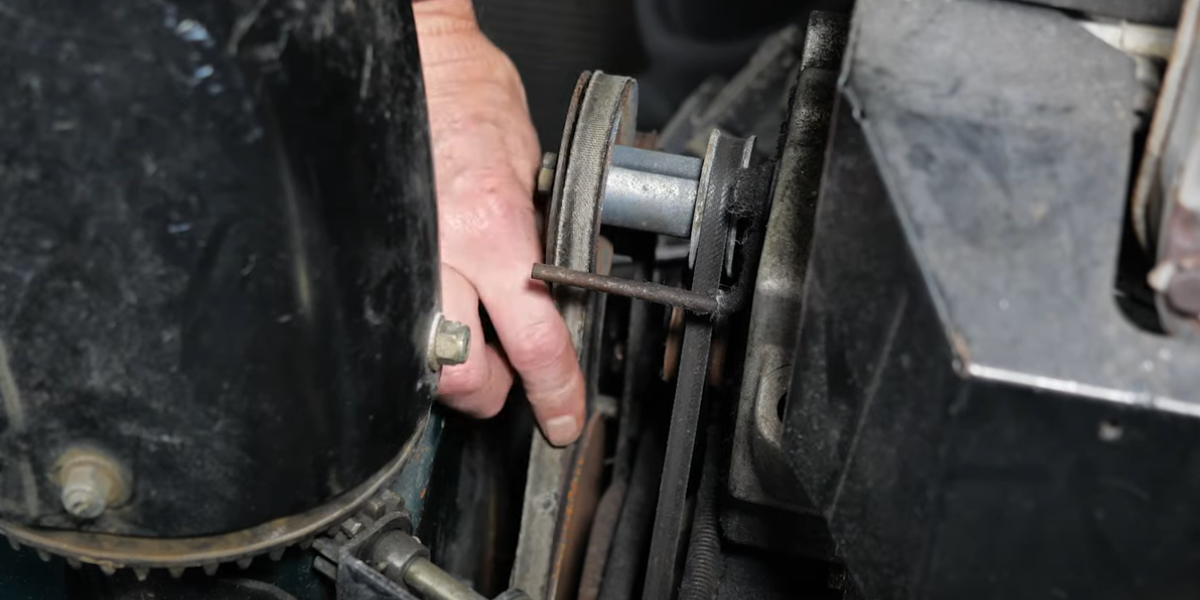
Drive Disk
The drive disk, also known as the friction disk, helps the snowblower to move forward. The friction disk works with the friction wheel to rotate and turn the axle, allowing the wheels on your snowblower to move. If it is worn down, the disk will not engage with the wheel properly, and you may notice that your snowblower moves too slow, haphazardly, or won’t move at all. You will need to inspect the disk and replace it if it is no longer usable.
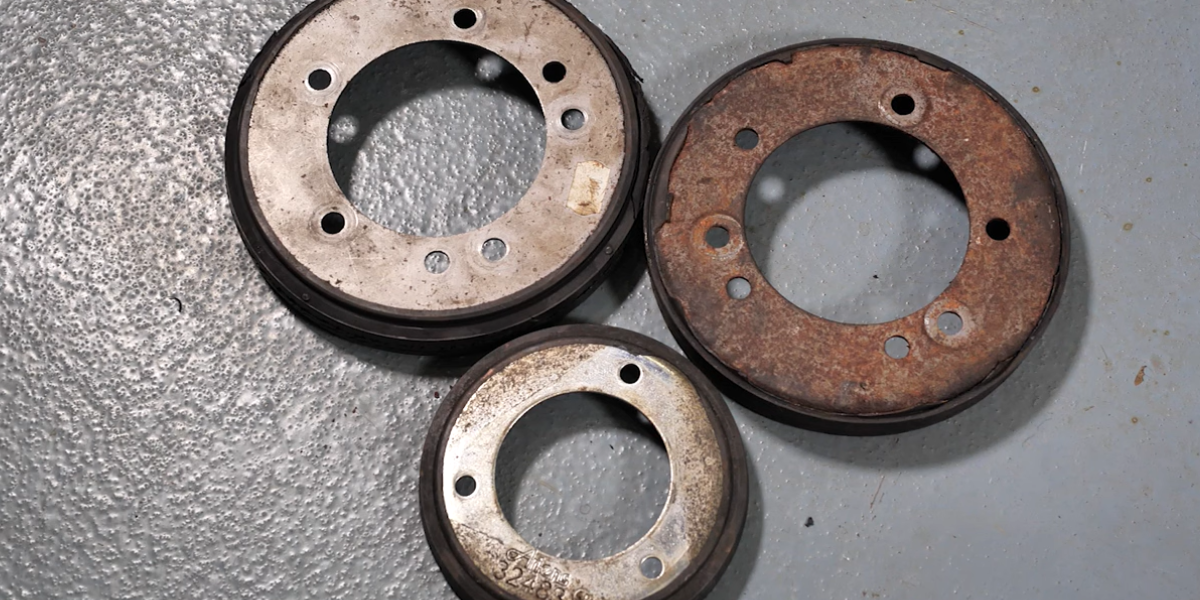
Shear Pin
The shear pin is a small but essential metal pin that locks the auger and the drive shaft. The pin is designed to break in half as a safety mechanism if the auger hits something that causes it to stop rotating or gets stuck in some hard-packed snow, for example. This safety mechanism prevents damage to the gearbox and belts when the auger is overloaded. If your shear pin is broken, you may notice that you are pushing snow forward and not clearing it. You will need a new pin if the current one is broken. However, this is an easy fix that will only take you a minute.
Pro Tip: It is a good idea to always keep a few shear pins on hand so that you don't have to go rushing to the store each time it breaks. Also ensure that there are no foreign objects lying on the area you are trying to clear to prevent the pins from continuously breaking.
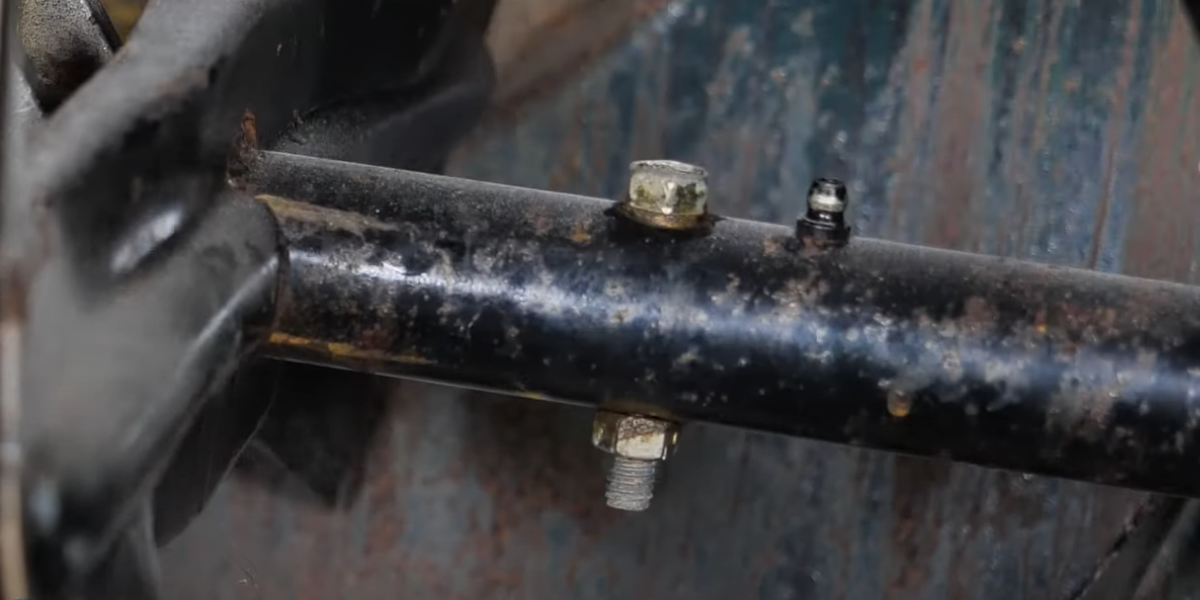
Auger Blades
The auger blades spin and pick up snow before moving it through the machine. If you are having issues with throwing snow, the blades might have cracks in the welds or may be bent or damaged, preventing them from throwing snow properly. The blades on your snowblower are more likely to wear down faster if you have been working on rough, coarse surfaces.
Depending on the model of snowblower you have, you can buy individual blades and replace the damaged ones. However, you may need to replace the whole assembly on other snowblowers models. But there’s no need to worry, this is a repair that you can also do at home, and that is more affordable than purchasing an entirely new snowblower.
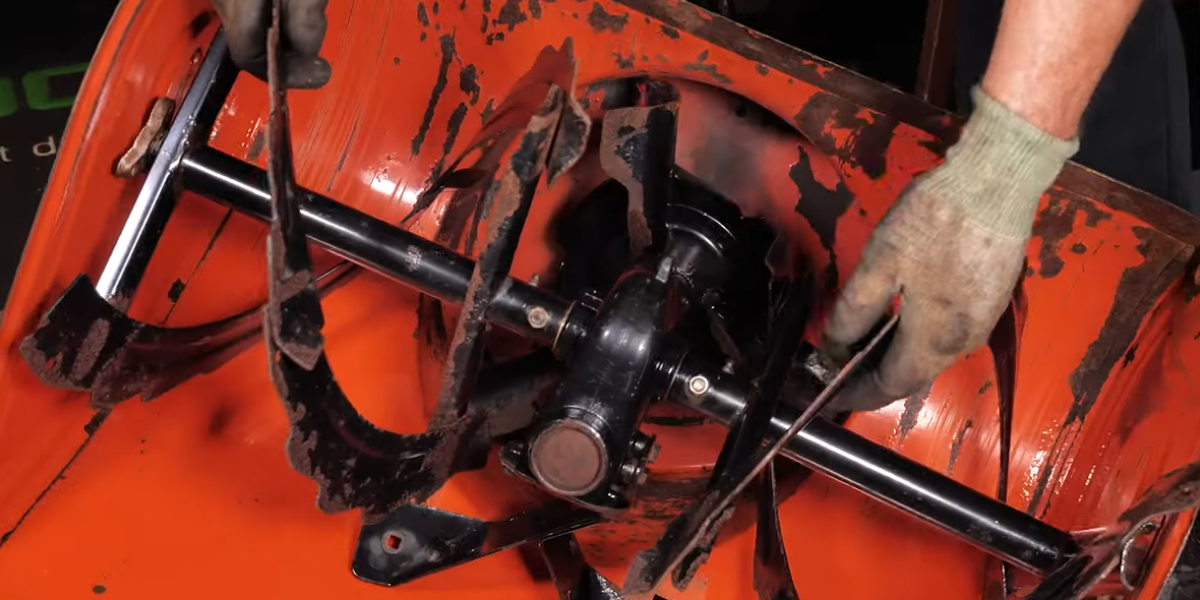
If you have inspected your snowblower and discovered you need a few new parts, you don't have to look too far. Take a look at our complete list of OEM snowblower parts. Once you have your snowblower working again, you should also make note of a few more helpful tips to keep your snowblower in mint condition for as long as possible. Remember that a snowblower that is well taken care of can last for many years.
- Make sure there are no objects in the driveway you are trying to clear. If a newspaper or toy makes its way into your snowblower, it will likely cause a blockage or, worse, expensive damage to your machine.
- Avoid trying to clear wet, heavy snow. You should clear snow when it is lighter and drier, which means clear the snow soon after a snowfall. If the snow has melted, it is more likely to get stuck on surfaces such as the chute and then freeze there.
- Avoid trying to clear large amounts of snow. You will first need to check the power rating of your snow blower so that you can pick up the appropriate amount of snow that your machine can handle. If you attempt to clear more snow than your blower can take, it is more likely to get clogged or end up with torn belts.
- Avoid trying to clear snow that is too deep because the deeper the snow is, the heavier and harder it is to pick it up. Harder snow will put more strain on your snow blower.
- Each time you use your snowblower, remove any lingering snow from the discharge chute and anywhere else in your machine before you store it away.
We hope these snowblower performance tips will keep your snowblower working right all winter long. If you would like to learn more about snowblower maintenance and general use and care, you can check out our full snowblower maintenance guide.
